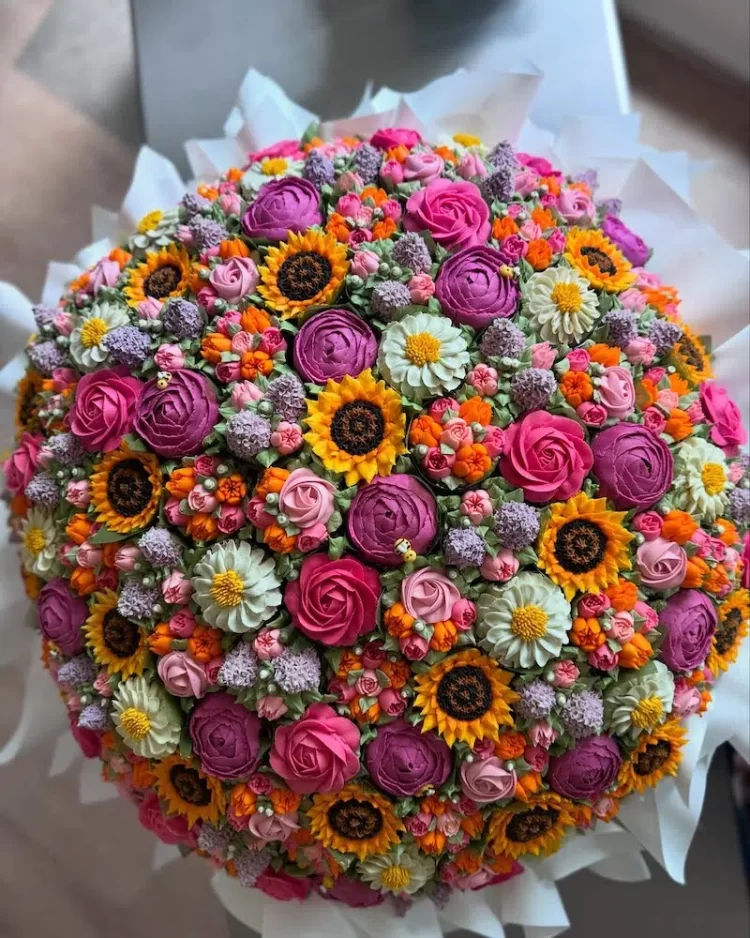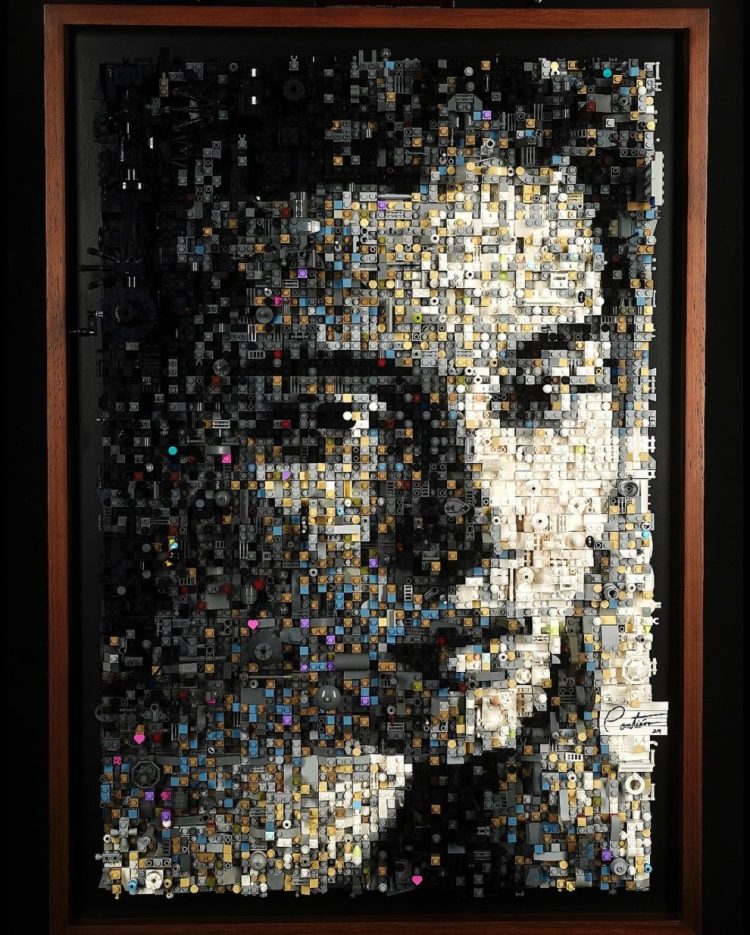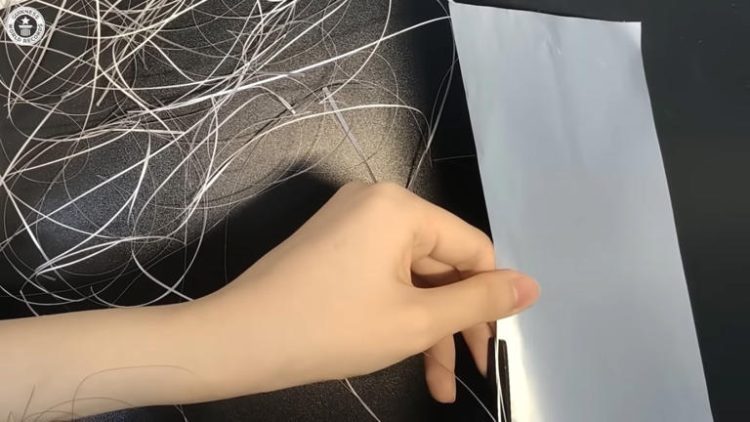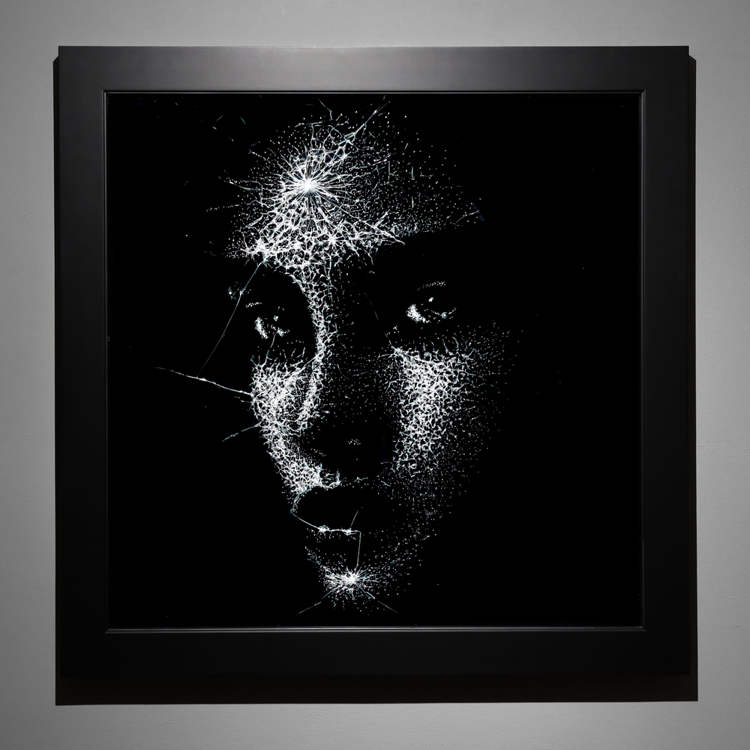Believe it or not, the Japanese use fish for something else than sushi. Take Iori Tomita, a former fisherman who now creates creepy works of art from various dead marine specimens.
28-year-old Iori Tomita uses scientific techniques of preserving and dyeing to transform dead fish into brightly-colored glowing pieces of art. The former fisherman applies over 10 different chemicals to each specimen, which break down the muscle proteins, making it transparent and revealing the skeleton. He then uses red and blue dyes to highlight the hard and soft cartilage. It sounds easy enough, but it’s really a complex eight-stage process which takes Tomita three months to a year to complete, depending on the size of the animals he’s trying to turn into morbid works of art.

The young Japanese artist first encountered transparent specimens at a fisheries university he was attending in Iwate prefecture, Northeast Japan, when he was 19-years-old. It was an epiphany for him, and since 2005 he has been trying to create his own skeletal fish, only for artistic purposes. His first attempts often ended in failure, but after seven years of intense practice, he’s proud to say 9 out of 10 attempts are literally a glowing success.

Tomita, who became a fisherman in a town in the Iwate prefecture, after graduating college, collects his material from the wharf and fishermen, and turns them into unique artworks. “These specimens which you see here are actually animals that have died for some some reason or whose carcasses were discarded from pet shops or fishermen. I use those animals which passed away and repurpose them,” he says.

Shinsekai Toumei Hyouhon, or ‘The New World of Transparent Specimens‘, as this creepy art is known as, is created using dead animals, but Iori Tomita thinks it brings people together and makes them appreciate life by observing death. In Japan, his art is especially popular with women in their 20s and 30s, but the artist now wants to expand overseas so the whole world can enjoy his skeletal specimens.
















